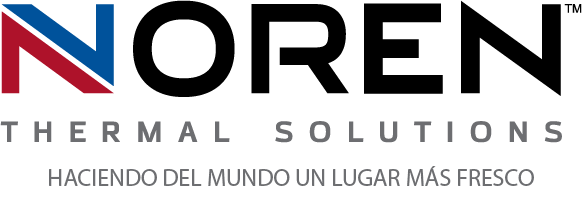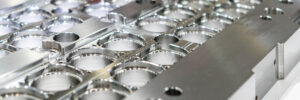
The maintenance of your sophisticated electronics and computers can feel exhausting if you are approaching the situation in the wrong way. Traditional air conditioning may seem efficient as it is what you use in your home and your vehicle. It is more effective, however, to reroute this energy into areas that can more safely handle… Read more »













